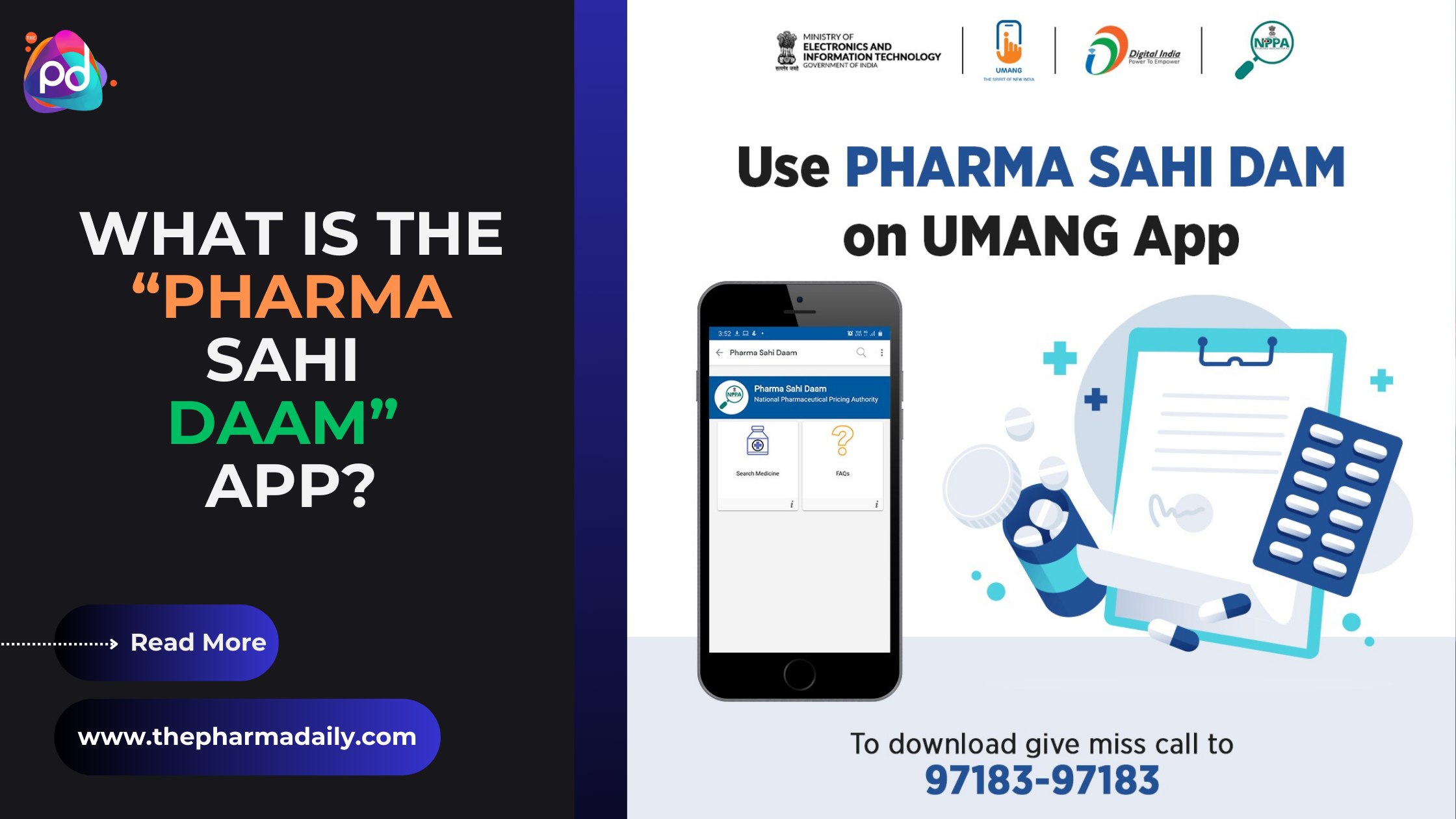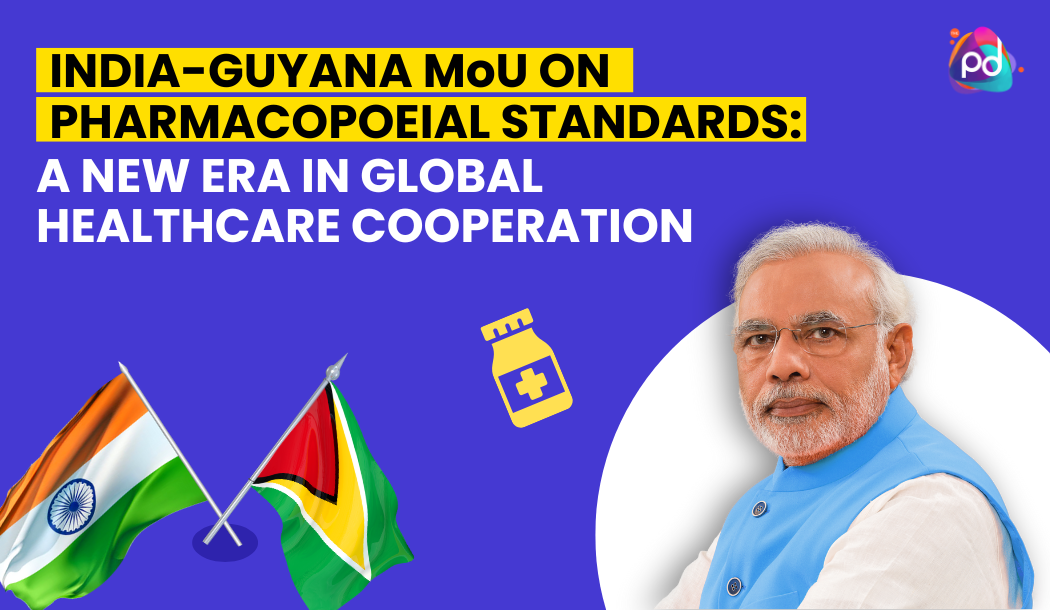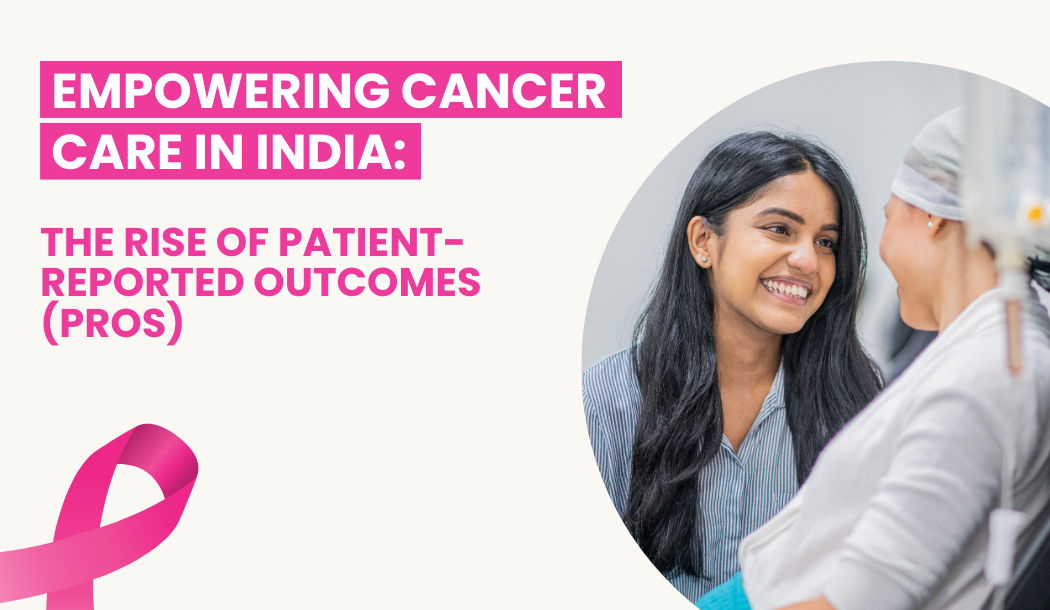Pharma Sahi Daam App: Revolutionizing Medicine Price Transparency in India
Here is the list of some common pharmacovigilance interview questions and general tips on how to prepare for a pharmacovigilance interview:
- What is pharmacovigilance and what is its importance?
- Describe the process of adverse event reporting in pharmacovigilance.
- How do you handle a case of an adverse event or a potential adverse drug reaction?
- What is risk management in pharmacovigilance and how do you contribute to it?
- How do you stay up to date with the latest developments in pharmacovigilance?
- Describe a time when you had to use your problem-solving skills in pharmacovigilance.
- What do you find most challenging about pharmacovigilance?
- How do you prioritize your work in pharmacovigilance?
- Describe your experience with electronic case processing systems.
- How do you handle conflicting information or differing viewpoints in pharmacovigilance?
-
What is pharmacovigilance and what is its importance?
Pharmacovigilance is the process of monitoring the safety of medications after they have been approved for use. It involves the identification, evaluation, and prevention of adverse effects or other problems that may occur with the use of a drug. This can include collecting and analyzing data on the side effects of medications, identifying potential safety issues, and taking action to mitigate any risks.
The importance of pharmacovigilance is to ensure the safe and effective use of medications. Adverse effects or other problems with medications can have serious consequences, including hospitalization and even death. By constantly monitoring the safety of medications, pharmacovigilance helps to identify and address any potential issues, which can help to prevent harm to patients. In addition, pharmacovigilance helps to build trust in the healthcare system by demonstrating a commitment to patient safety.
-
Describe the process of adverse event reporting in pharmacovigilance.
Adverse event reporting is an important part of pharmacovigilance, as it helps to identify and understand any problems or adverse effects that may occur with the use of a medication. The process of adverse event reporting typically involves the following steps:
-
Detection: Adverse events are detected through a variety of sources, such as spontaneous reports from patients, healthcare professionals, or the general public; reports from clinical trials; and post-marketing surveillance studies.
-
Reporting: Adverse events can be reported through a number of channels, including directly to the manufacturer of the medication, to regulatory authorities, or to pharmacovigilance centers.
-
Evaluation: Adverse event reports are reviewed and evaluated to determine whether the event is related to the use of the medication and, if so, the likelihood of the event being caused by the medication.
-
Follow-up: If the adverse event is deemed to be related to the use of the medication, further investigation may be needed to fully understand the nature of the event and any potential risk factors. This may involve additional data collection and analysis.
-
Response: Based on the findings of the evaluation and follow-up, appropriate actions may be taken to mitigate any risks associated with the use of the medication. This could include updating the product labeling, issuing a warning, or, in severe cases, recalling the medication.
By following this process, pharmacovigilance helps to identify and address any potential problems with medications, ensuring their safe and effective use.
-
How do you handle a case of an adverse event or a potential adverse drug reaction?
There are several steps that can be taken to handle a case of an adverse event or a potential adverse drug reaction (ADR):
-
Report the event: The first step is to report the adverse event or potential ADR to the appropriate authorities or parties, such as the manufacturer of the medication, regulatory agencies, or pharmacovigilance centers. This is important for detecting and tracking any potential safety issues with medications.
-
Document the event: It is important to thoroughly document the adverse event or potential ADR, including the patient's medical history, the details of the event, and any actions taken. This information can be used to help evaluate the event and determine the cause.
-
Evaluate the event: The next step is to evaluate the event to determine whether it is related to the use of the medication and, if so, the likelihood of the event being caused by the medication. This may involve collecting additional information and analyzing data.
-
Take appropriate action: Based on the findings of the evaluation, appropriate actions may be taken to mitigate any risks associated with the use of the medication. This could include updating the product labeling, issuing a warning, or, in severe cases, recalling the medication.
-
Communicate with relevant parties: It is important to communicate the findings of the evaluation and any actions taken to relevant parties, such as the patient, healthcare professionals, and regulatory agencies. This helps to ensure that all parties are aware of any potential risks and can take appropriate action to protect patient safety.
-
What is risk management in pharmacovigilance and how do you contribute to it?
Risk management in pharmacovigilance refers to the process of identifying, evaluating, and mitigating risks associated with the use of medications. It involves ongoing monitoring of the safety of medications and taking appropriate actions to address any potential risks.
There are several ways in which pharmacovigilance professionals can contribute to risk management:
-
Adverse event reporting: By detecting and reporting adverse events or potential adverse drug reactions, pharmacovigilance professionals can help to identify potential safety issues with medications.
-
Risk evaluation: Pharmacovigilance professionals can contribute to risk management by evaluating reported adverse events or potential ADRs to determine the likelihood of the event being caused by the medication and the potential impact on patient safety.
-
Risk mitigation: Based on the findings of the risk evaluation, pharmacovigilance professionals can recommend and implement appropriate risk mitigation measures, such as updating the product labeling, issuing a warning, or recalling the medication.
-
Risk communication: Pharmacovigilance professionals can contribute to risk management by communicating the findings of risk evaluations and any risk mitigation measures to relevant parties, such as patients, healthcare professionals, and regulatory agencies.
By following these steps, pharmacovigilance professionals can help to ensure the safe and effective use of medications and protect patient safety.
-
How do you stay up to date with the latest developments in pharmacovigilance?
There are several ways that pharmacovigilance professionals can stay up to date with the latest developments in the field:
-
Subscribe to relevant newsletters and journals: Many organizations, such as regulatory agencies and professional societies, publish newsletters and journals that contain the latest news and updates in pharmacovigilance.
-
Attend conferences and seminars: Pharmacovigilance professionals can attend conferences and seminars to learn about the latest research and best practices in the field.
-
Participate in online learning and training opportunities: There are many online courses and training programs that provide pharmacovigilance professionals with the opportunity to learn about new developments and enhance their skills.
-
Join professional organizations: Joining professional organizations, such as the International Society of Pharmacovigilance, can provide access to a network of colleagues and resources for staying up to date with the latest developments in pharmacovigilance.
-
By taking advantage of these resources, pharmacovigilance professionals can keep abreast of the latest developments in the field and stay current in their knowledge and skills.
-
What do you find most challenging about pharmacovigilance?
Some challenges that pharmacovigilance professionals may face include:
-
Limited information: Adverse events and potential adverse drug reactions may be underreported, making it difficult to accurately assess the safety of medications.
-
Complex data: Pharmacovigilance involves analyzing large amounts of data, which can be complex and challenging to interpret.
-
Time constraints: It is important to promptly identify and address any potential safety issues with medications. However, this can be difficult due to time constraints and the need to thoroughly evaluate the available data.
-
Regulatory challenges: Pharmacovigilance is governed by a complex network of regulations, which can be challenging to navigate.
-
Communication: Effective communication is important for ensuring the safe and effective use of medications. However, communicating complex information to a variety of stakeholders, such as patients, healthcare professionals, and regulatory agencies, can be challenging.
-
How do you prioritize your work in pharmacovigilance?
In pharmacovigilance, it is important to prioritize work in order to effectively identify and address any potential safety issues with medications. Some factors that pharmacovigilance professionals may consider when prioritizing work include:
-
Severity of the issue: Adverse events or potential adverse drug reactions that have the potential to cause serious harm to patients or have a significant impact on public health may take priority over less severe issues.
-
Urgency: Timely identification and addressing of potential safety issues is crucial to protect patient safety. As such, issues that require immediate attention may take priority over those that are less urgent.
-
Resources: The availability of resources, such as staff and funding, can impact the ability to prioritize work.
-
Legal and regulatory requirements: Certain issues may need to be addressed in order to comply with legal and regulatory requirements.
-
By considering these and other factors, pharmacovigilance professionals can prioritize their work effectively and ensure that the most pressing issues are addressed in a timely manner.
-
Describe your experience with electronic case processing systems.
Electronic case processing systems are commonly used in pharmacovigilance to manage and track adverse event and other safety reports. These systems allow for the efficient collection, storage, and analysis of data, and can help to improve the efficiency and effectiveness of pharmacovigilance activities. Some benefits of electronic case processing systems include:
-
Improved accuracy: Electronic case processing systems can reduce the risk of errors and improve the accuracy of data.
-
Enhanced efficiency: Electronic case processing systems can streamline the process of collecting, storing, and analyzing data, allowing pharmacovigilance professionals to more efficiently identify and address potential safety issues.
-
Increased transparency: Electronic case processing systems can provide a clear and comprehensive view of adverse event and other safety reports, improving transparency and enabling better decision-making.
-
Enhanced collaboration: Electronic case processing systems can facilitate collaboration among pharmacovigilance professionals and other stakeholders, such as regulatory agencies and healthcare professionals.
-
Overall, electronic case processing systems can play a valuable role in improving the efficiency and effectiveness of pharmacovigilance activities.
-
How do you handle conflicting information or differing viewpoints in pharmacovigilance?
In pharmacovigilance, it is not uncommon to encounter conflicting information or differing viewpoints. When this occurs, there are several steps that can be taken to handle the situation:
-
Gather all relevant information: In order to effectively address conflicting information or differing viewpoints, it is important to gather all relevant information and data. This may include reviewing medical records, analyzing data from clinical trials, and seeking input from experts in the field.
-
Evaluate the information: Once all relevant information has been gathered, it is important to carefully evaluate the data to determine the most accurate and reliable information. This may involve comparing different sources and considering the strengths and limitations of each.
-
Seek additional guidance: If the conflicting information or differing viewpoints cannot be resolved through analysis of the available data, it may be helpful to seek guidance from external experts or regulatory agencies.
-
Communicate the findings: Once a resolution has been reached, it is important to communicate the findings to relevant parties, such as patients, healthcare professionals, and regulatory agencies. This helps to ensure that all parties are aware of the current state of knowledge on the issue and can take appropriate action.By following these steps, pharmacovigilance professionals can effectively handle conflicting information and differing viewpoints and ensure the safe and effective use of medications.












